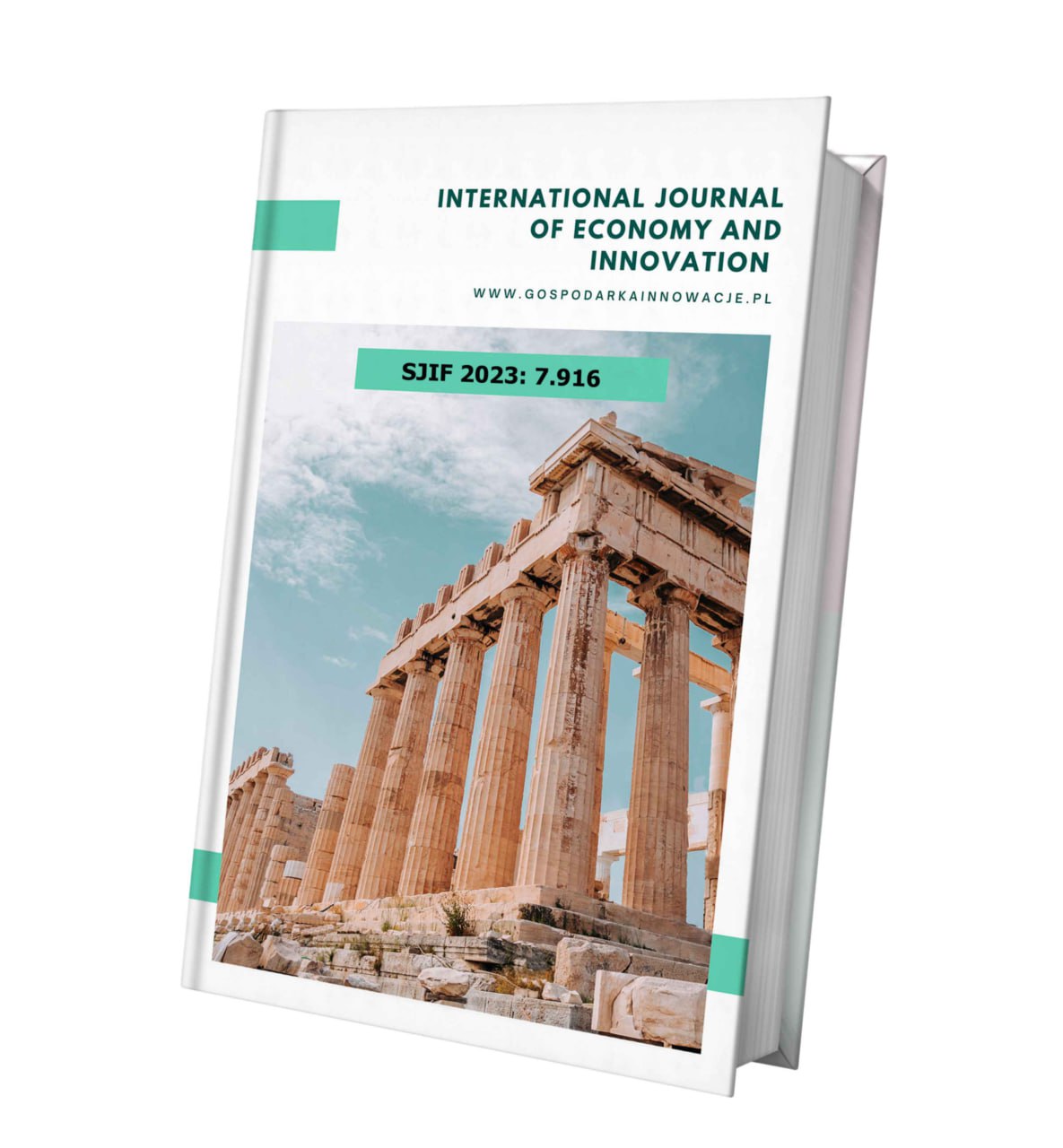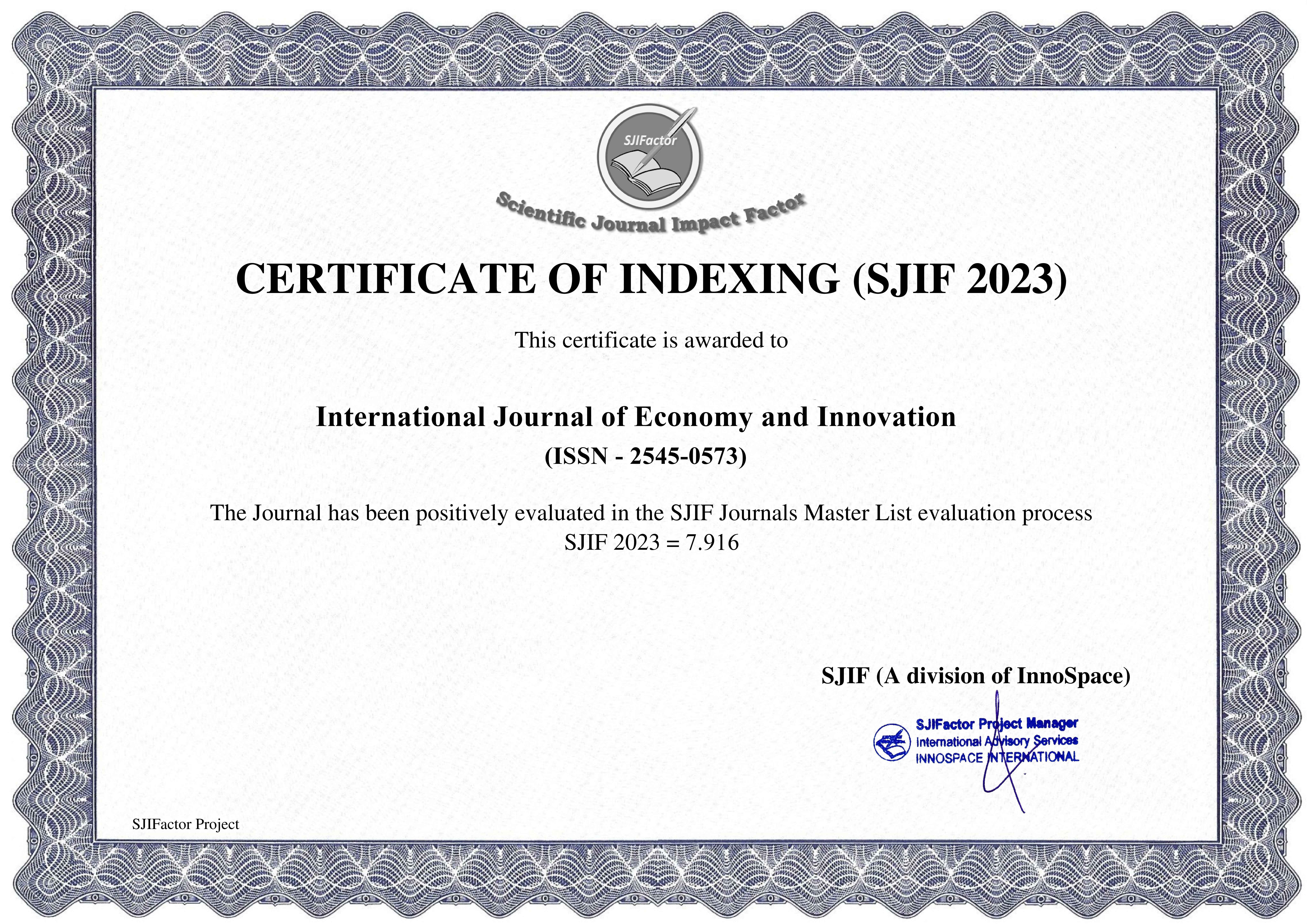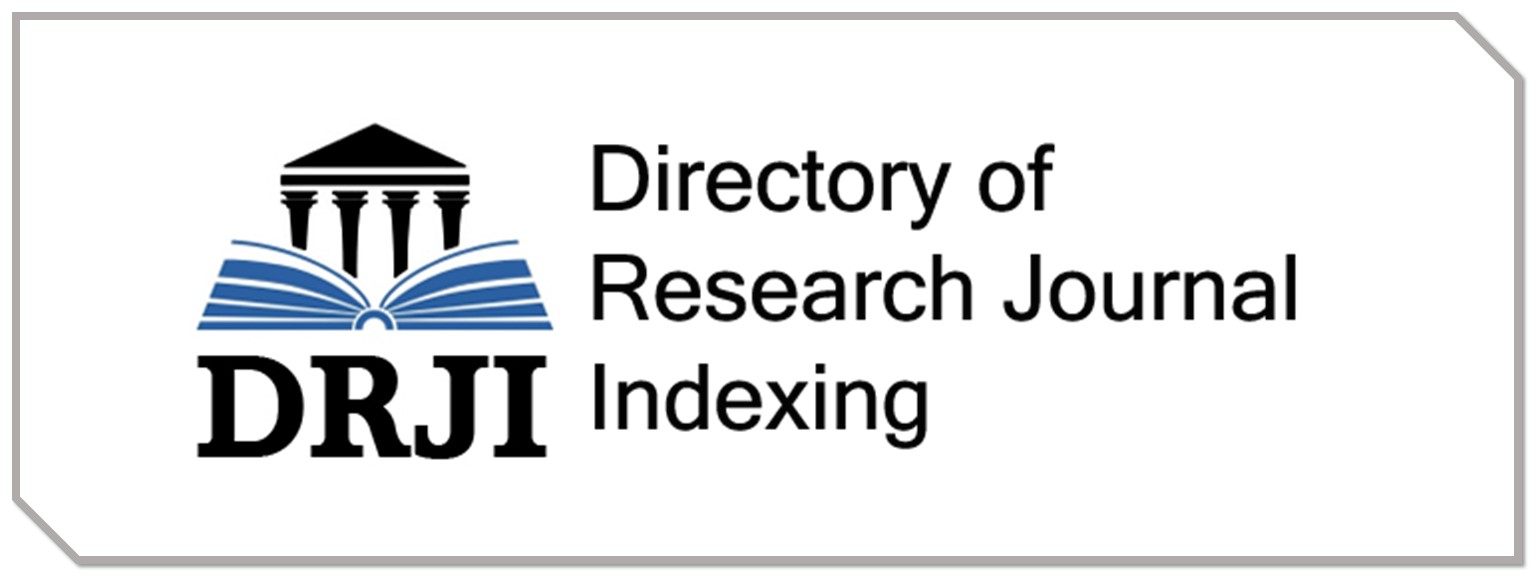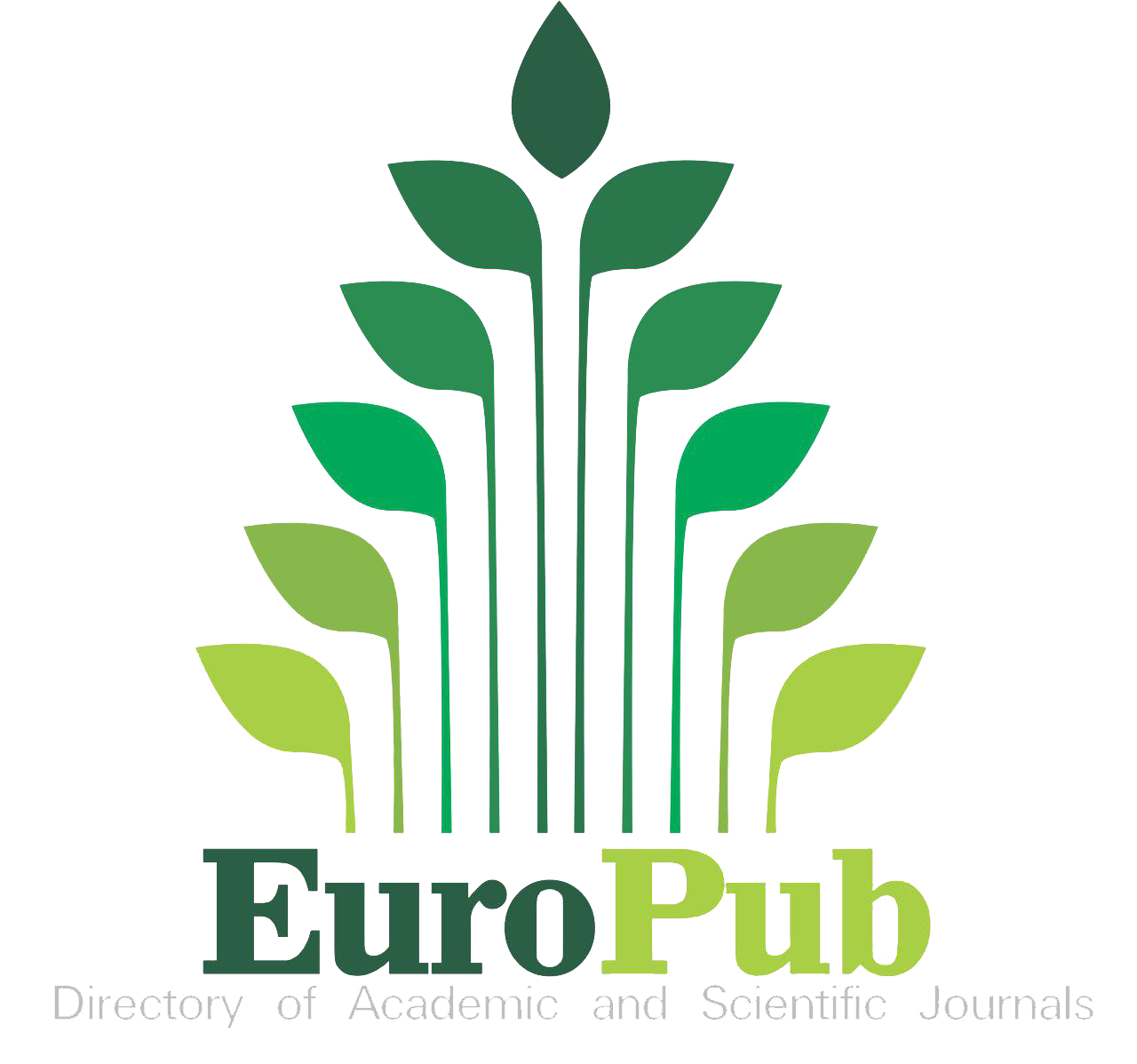THE ROLE OF ZIRCONIUM IN 21ST CENTURY TECHNOLOGY
Keywords:
Zirconium, tetrafluoride, Gafnium, extraction, High temperature, Atomic energyAbstract
Zircon plays an important role in the modern economic life of Uzbekistan. First, in terms of zirconi um mineral reserves, Uzbekistan is one of the world's leading countries and the fifth largest among the CIS countries. Second, the metal zirconium is the basis of the structural (filler metal) material for the core of nuclear reactors. In the 21st century, Uzbekistan will make a significant contribution to the development of nuclear energy. According to current forecasts, the launch of production of zirconium alloys for the planned nuclear power plant in Uzbekistan after 2022, a new generation of zirconium alloys will play a decisive role in the future of promising nuclear and fusion reactors. In Uzbekistan, the development of the country's economy through the processing of zirconium ores is planned to launch the production of zirconium metal. Third, chemical engineering could become the second application of zirconium after nuclear power, due to its resistance to corrosion in aggressive environments. In the chemical, food and pharmaceutical industries, the replacement of metallic and non-metallic stainless alloys with zirconium materials is not only economically viable, but in many cases technically feasible. In ferrous and non-ferrous metallurgy, it is traditional to use zirconium to improve the performance and modification of structural steels, to improve the quality of copper, aluminum, magnesium and other alloys, and in some cases to replace rare and toxic metals.

















